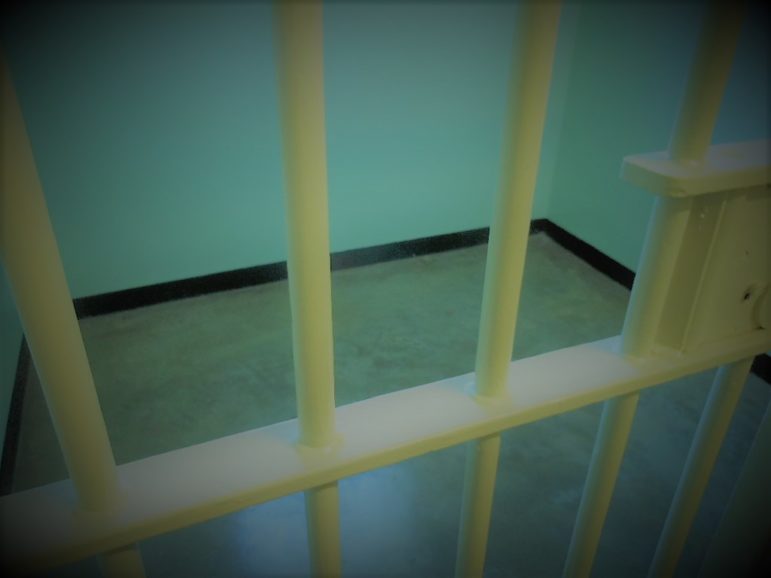
The misinformed notion that jailing people with substance use disorders is the best way to ensure they ‘get clean’ has harmful and even deadly consequences. Far from fostering recovery, fundamentally flawed ‘treatment’ methods coupled with trauma and social isolation inherent in jail stays make individuals struggling with substance use disorders twice as likely to overdose within a week of their release. Yet our defective system for addressing social issues relies on incarceration as a “catch-all” for systemic problems, including drug misuse and addiction, poverty and mental illness.
Jails are often not equipped to provide comprehensive treatment for substance use disorders. In the majority of jails across the United States, the approach to people who use drugs is forced withdrawal. This approach reflects a basic lack of understanding of addiction as a complex biopsychosocial condition. Forced withdrawal can increase the risk of harm or death upon release. Medication assisted treatment for people with opioid use disorders, such as methadone and buprenorphine, has been the evidence-based standard of care for decades. Yet, less than 200 out of thousands of jails in the country offer medication for opioid use disorder.
Consider the case of 32-year-old Geoffrey Pesce in Massachusetts. After struggling with opioid use disorder for six years, he started community-based methadone maintenance therapy. But when caught driving to the clinic without a license, he was sentenced to 60 days in the Essex County House of Correction, where he was refused his medication. ACLU Massachusetts took his case to court. The judge ruled that the jail had to give Pesce his medication, citing significant risk of relapse, overdose and death upon release. If he had been forced to come off his physician-prescribed medication, the resulting loss of opioid tolerance would have made his risk of death extremely high if resuming even a small quantity of street opioids.
Incarceration can increase the risk of overdose by forcing individuals into an artificial environment that does not reflect the reality of community life upon release. The abrupt and overwhelming reintroduction to challenging sets of circumstances—including housing instability, child custody issues, or lack of health insurance—creates the perfect storm for return to substance use as a coping mechanism. Jails sometimes discharge people in the middle of the night, with nowhere to go and no meaningful access to treatment or healthcare.
Forced community treatment is both inhumane and ineffective. Massachusetts data showed that people completing involuntary treatment experienced two times as many overdose deaths as those who completed voluntary treatment. Treatment should be made available to people who both want and need it and harm reduction strategies should be given to help people use more safely until they want to enter treatment.
Community-based, voluntary treatment offers an alternative to the downward spiral catalyzed by jail. A variety of outpatient programs allow patients to receive therapy three to five times per week and low barrier access to medications can save lives. There are certainly not enough robust community treatment programs; however, sending people to jail for treatment is harmful and expensive. We should invest in programs that allow a more integrated, evidence-based approach to patient-centered recovery with medication, therapy and motivational interviewing. Successful programs are based on the autonomy, dignity and respect of all patients.
We are in the midst of an overdose death crisis that must be responded to with compassion and science, not with a criminal justice system where coerced treatment, stigma and abstinence models are the norm. Our goal is to curb chaotic drug use, not expand the reach of the carceral system, so we should expand drug checking services, safe consumption spaces and non-abstinence-based drug education. These efforts, coupled with services to address concurrent mental illness, poverty and homelessness, will save lives of some of the most vulnerable residents here in New York State.
Dr. Kimberly Sue is the medical director of the Harm Reduction Coalition.









2 thoughts on “Opinion: Why We Should Not Send People with Substance Use Disorders to Jail”
Do not use these drugs for a “need” and then become dependent, addicted, and if abused to “shake”, both in the short term and in the long term are harmful to health, especially activities. mental activity, for human spiritual and moral life.
Everyone has negative thoughts or feelings from time to time, but when these feelings are stronger and cause you to be drained, sad or upset with a loved one, it can lead to actions that are thoughtless and sometimes lead to suicide.